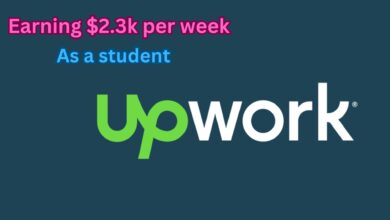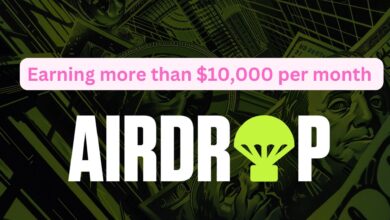How to Earn $1,500 in a Week from Trading as a Beginner

Trading can be an exciting and potentially lucrative venture, but it’s essential to approach it with a plan, proper knowledge, and a realistic mindset—especially as a beginner. While $1,500 in a week is an ambitious goal, it’s achievable if you understand the market, manage your risk, and stay disciplined. Here’s a step-by-step guide to help you get started.
Step 1: Understand the Basics of Trading
Before you begin, familiarize yourself with the fundamentals of trading. There are various types of trading, such as:
Stock Trading: Buying and selling shares of companies.
Forex Trading: Trading currency pairs like EUR/USD.
Options Trading: Speculating on the future price of assets.
Cryptocurrency Trading: Buying and selling digital assets like Bitcoin or Ethereum.
Research these markets and decide which one interests you the most. Platforms like Investopedia, YouTube tutorials, and online courses can provide a solid foundation.
Step 2: Choose a Reliable Trading Platform
Selecting the right platform is critical for your success. Look for one that offers:
Low fees and commissions
User-friendly interface
Educational tools and resources
Demo accounts for practice
Some popular platforms for beginners include eToro, Robinhood, Webull, and Binance (for crypto trading).
Step 3: Set a Budget and Define Your Risk Tolerance
Trading involves risk, so only use money you can afford to lose. As a beginner, you might start with a capital of $500 to $1,000. Follow these risk management principles:
Never risk more than 1-2% of your capital on a single trade.
Use stop-loss orders to limit potential losses.
Avoid over-leveraging, as it can amplify losses.
Step 4: Learn Technical and Fundamental Analysis
Successful trading requires understanding market trends and making informed decisions. This involves:
Technical Analysis: Analyzing price charts, identifying patterns, and using indicators like Moving Averages and RSI (Relative Strength Index).
Fundamental Analysis: Researching news, economic reports, and company earnings to predict market movements.
Spend time learning these skills before diving into live trading.
Step 5: Start Small with a Demo Account
Most trading platforms offer demo accounts where you can practice trading with virtual money. Use this opportunity to:
Test your strategies.
Familiarize yourself with the platform.
Gain confidence without risking real money.
Step 6: Develop a Trading Strategy
Consistency is key to achieving your financial goals. Some common beginner-friendly strategies include:
Day Trading: Buying and selling assets within the same trading day.
Swing Trading: Holding positions for several days to capture short-term price movements.
Scalping: Making quick trades to profit from small price changes.
Choose a strategy that aligns with your schedule and risk tolerance.
Step 7: Monitor the Market and Execute Trades
When you’re ready to trade with real money:
Start with a small amount: Use a fraction of your capital initially.
Follow your plan: Stick to your strategy and avoid emotional decisions.
Keep track of news: Market-moving events can create opportunities.
Step 8: Analyze Your Performance
Review your trades regularly to identify what worked and what didn’t. Ask yourself:
Did I follow my strategy?
How well did I manage risk?
What can I improve next time?
Tips for Beginners to Earn $1,500 in a Week
Leverage High-Volatility Markets: Markets like cryptocurrency or forex offer significant price movements, increasing earning potential.
Utilize Leverage Carefully: While leverage can amplify profits, it also increases risk. Use it cautiously.
Look for Small, Consistent Gains: Instead of aiming for a big win, focus on smaller, consistent profits that add up over time.
Avoid Overtrading: Trading excessively can lead to mistakes and losses.
Stay Educated: Continuously learn and adapt to market conditions.
Final Thoughts
Earning $1,500 in a week as a beginner is challenging but possible with the right approach. Focus on building your knowledge, starting small, and sticking to a well-thought-out plan. Remember, trading success requires patience, discipline, and continuous learning. As you gain experience, your earnings can grow steadily over time.




